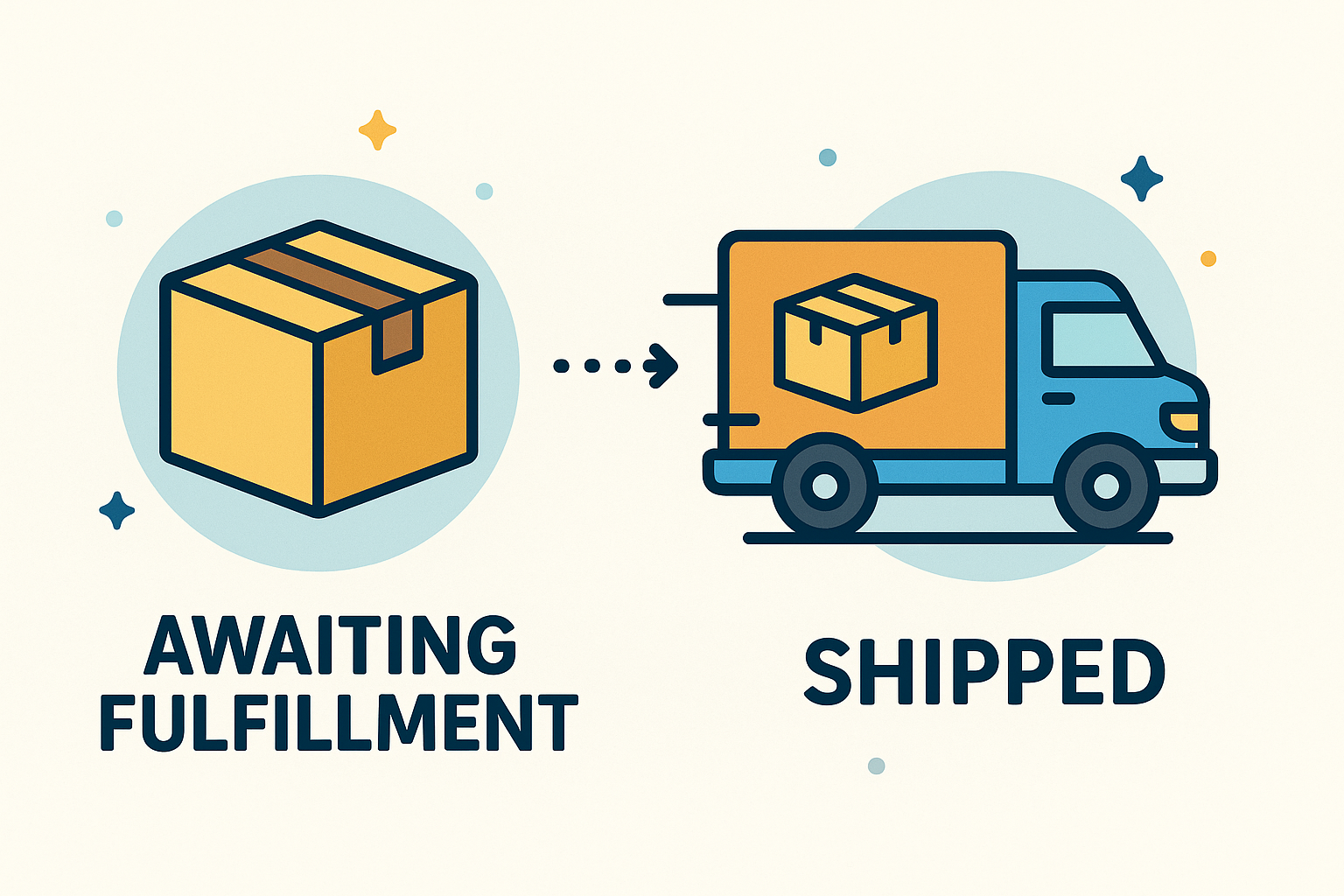Trading in Bank Nifty Futures offers the potential for profitable opportunities, both in the short and the long term. It involves high risk but can be profitable with the right knowledge and strategy.
Identifying the right strategy will help you make smarter investment decisions and minimise risks.
Let us quickly understand how Bank Nifty Futures trading works and discuss the top strategies.
Table of Contents
How Does Bank Nifty Futures Work?
Bank Nifty Futures are a type of ‘futures’ contract where you take a position based on whether you think the Bank Nifty index will move up or down. In simple terms, you will predict the price movements of the top banking stocks that are part of the Bank Nifty Index on the National Stock Exchange (NSE).
If you expect the Bank Nifty Index to rise, then you buy Bank Nifty Futures by taking a long position. On the other hand, if you expect the index to fall, then you sell your Bank Nifty Futures by taking a short position.
Top Strategies to Trade Bank Nifty Futures
Follow the Market Trend
This is the most simplest strategy used to trade Bank Nifty Futures. All you need to do is identify the market trend, whether it is bullish (moving upward) or bearish (moving downward) and trade in that direction.
For instance, if the market trend is showing upward, you can go ahead and take a long position by buying the Bank Nifty Futures. You can use technical indicators, such as Moving Averages, to identify the trend.
Breakout Trading
With the breakout trading in Bank Nifty Futures, you check for support and resistance levels on the Bank Nifty Index.
For example, if Bank Nifty moves above a resistance level and stays strong, you can buy and hold the position until you see signs of reversal. However, you need to have stop-losses to limit the risk in such strategies.
In such scenarios you can hold positions in the Bank Nifty Futures for several days to weeks, also called as a positional strategy.
You can use technical indicators, such as the Relative Strength Index (RSI), to identify such entry pointers.
Swing Trading
Swing trading refers to buying and selling positions in Bank Nifty Futures by capturing short term or medium term price changes or swings. These changes are reflected within the Bank Nifty Futures market.
So, if the Bank Nifty Index drops and then starts to rise, you can take a long position if you expect it to keep going up for a short period.
For example, the Bank Nifty Index dropped from 53,581.35 on 16th Dec 2024 to 50,759 on 20th Dec 2024 and further to 47,853.95 on 11th Mar 2025. However, it began to recover after that. If you had taken a long position during the upswing, you could have benefitted as the index rose to 55,647.20 by 22nd Apr 2025.
Mean Reversion
If the Bank Nifty Index moves significantly away from this average, it will reverse to this average. You can take your position based on this movement.
For example, if the Bank Nifty Index has increased sharply above its historical average, you can take a short position when you expect it to fall. The yearly range from 7th May 2024 to 7th May 2025 has been between 46,000 and 56,000. If the index moves significantly above this range, you can expect a reversal and take a short position.
Hedging Strategy
Hedging can be used as a risk management strategy when trading Bank Nifty Futures if you own individual banking stocks.
For example, if you own individual stocks like ICICI and SBI and expect a short-term downturn, you can take a short position in Bank Nifty Futures. If the index falls, the profit from your futures position can help offset losses in your individual stock holdings.
Wrapping Up
Bank Nifty Futures can help you capitalise on profitable opportunities when you have a clear strategy. There are different strategies for trading Bank Nifty Futures. You can find the right strategy that aligns with your risk profile, market analysis and investment objectives. Choose a strategy, stay proactive, and make well-informed, smart investments.












